Compared to specialist words like body and tannin, alcohol, acid and sugar seem much less confusing to many people. So let's have a look at these terms, so that we may understand how to evaluate them.
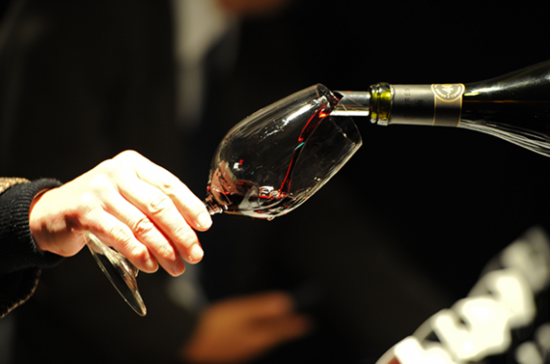
1. Alcohol
This is very much the hardest of the three to judge correctly. Many people confuse alcohol with either sugar or acid (as it can have a sweet taste and can also be aggressive in the mouth).
Here’s an exercise that you can try to understand your sensitivity to alcohol. Get a Hunter Valley Semillon and a Fino Sherry to compare – taste the Fino first -many people will think that the Fino is high in acid. Actually, Sherry is a very low acid wine. From this you may understand why people confuse alcohol and acid- it’s the mouth tingling sense they get.
To delve into this, compare the Fino with the Hunter Valley Semillon: the Fino is a low-acid, high-alcohol wine, the Semillon is a high-acid, low alcohol wine. If you compare the differences in mouth feel, you can understand better how to distinguish alcohol and acid.
The amount that you dribble is also a good way of distinguishing alcohol and acid. A classic way to understand this is to taste both an Oloroso sherry with a Madeira (preferably both not too sweet, as sweetness confuses the issue), maybe a dry oloroso and a Sercial style is best. Both are oxidized with similar flavours and quite a similar mouth-feel, but if you compare the amount your mouth waters after tasting, the Madeira makes you dribble a lot more! This is the acid working, not the alcohol.
If you think getting these wines is a bit difficult, you can also try the exercise by comparing a cool climate Syrah with a hot climate Shiraz.
Pick a high quality North Rhone Syrah or a NZ Hawke’s Bay one and compare with a Shiraz from Barossa or McLaren Vale. Both have the black fruit flavour of Syrah – but the cool climate one will be about 12.5% and quite high in acid while the warmer climate one will be about 14.5% or higher and may taste more aggressive, but will be lower in acid. For some people, the warm climate one may also taste perceptively ‘sweeter’ not just from fruit ripeness but also from the sweetness of the alcohol.
2. Acidity
Many students feel that if a wine is a bit harsh or aggressive in the mouth, then it must be from acid. However, the blame lies elsewhere! Actually, this type of mouth-feel is related to balance –acid is not the guilty one! Coca-cola has really high acid, but people like to drink it and it’s easy-drinking. So how to measure acid? Let’s first try with white wine as it’s easier. Take a Marsanne from the Rhone, a Burgundian or New Zealand Chardonnay and a dry Riesling and taste them in order. You should be able to feel how the acid increases although all these wines are well balanced. You can do the same with reds – the best comparison being a Beaujolais and a Burgundy (entry level for both): they both have similarly low tannins but the Burgundian Pinot Noir is much higher in acid.
3. Sugar
In wine, sometimes it’s really hard to get a fix on acid; that’s usually because sugar is affecting your tastebuds. Sugar is there to trip you up! To understand how sugar affects your tastebuds, try three different Rieslings from the same German winery: a Kabinett, a Spatlese and an Auslese (try to make sure that these have roughly the same alcohol level). These wines will get sweeter and sweeter – and you will feel the acid less and less. Understand this and you will be tricked much less by sugar! Understanding these three aspects of wine is important for building professional tasting abilities. In the next installment, we’ll discuss aspects of judging quality.
Click to learn more about available WSET courses in China>>
All rights reserved by Future plc. No part of this publication may be reproduced, distributed or transmitted in any form or by any means without the prior written permission of Decanter.
Only Official Media Partners (see About us) of DecanterChina.com may republish part of the content from the site without prior permission under strict Terms & Conditions. Contact china@decanter.com to learn about how to become an Official Media Partner of DecanterChina.com.

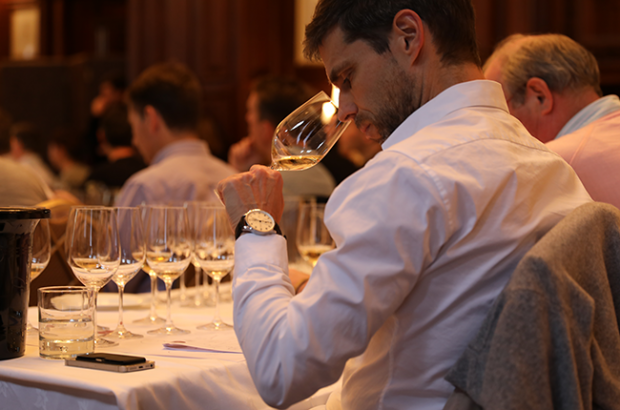
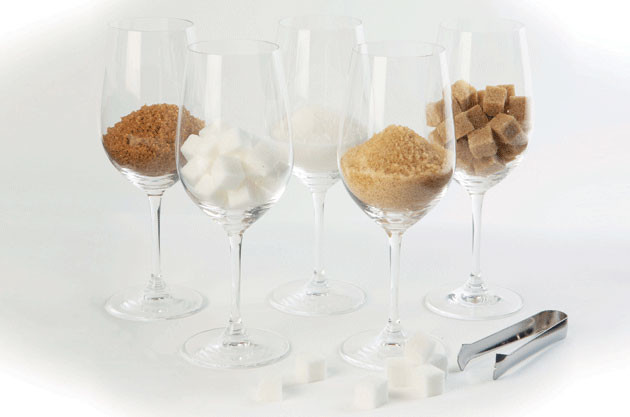
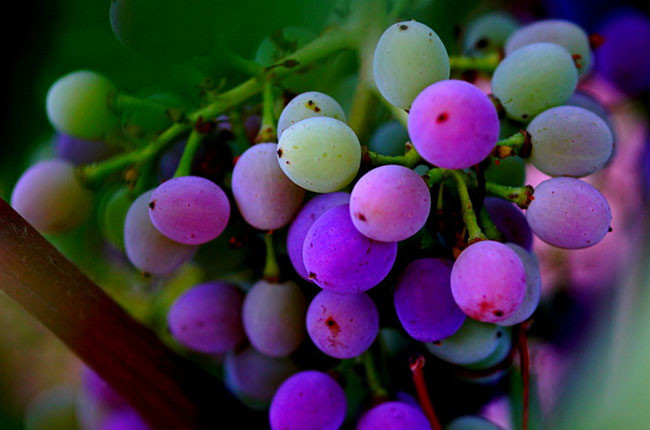
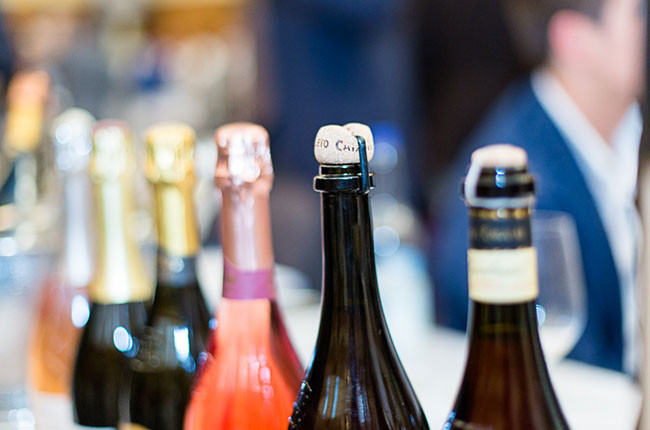

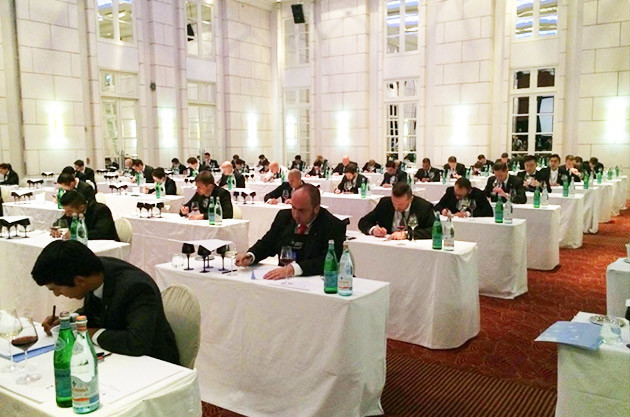
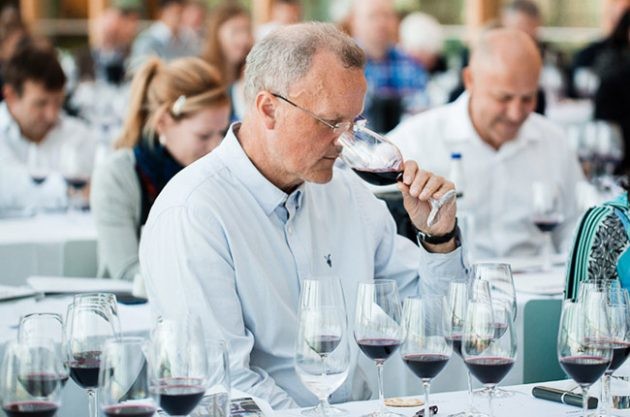


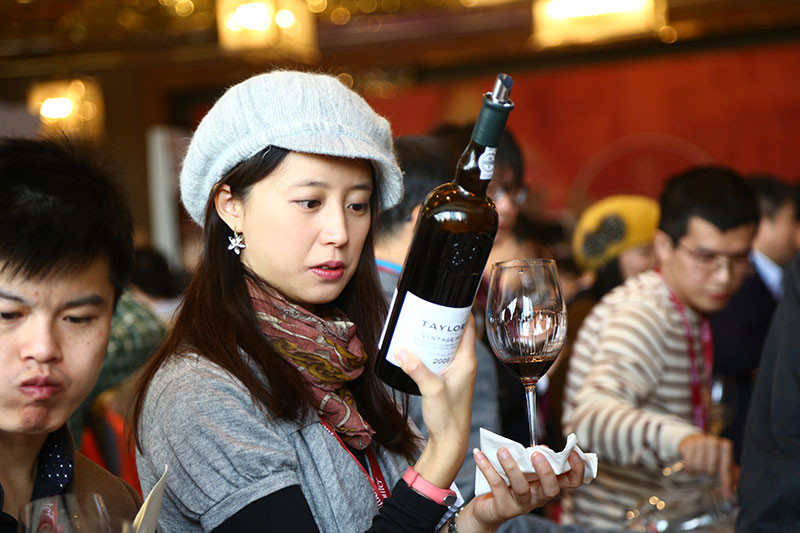
Comments
Submit